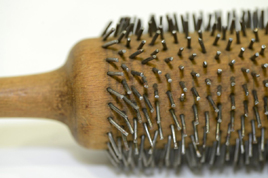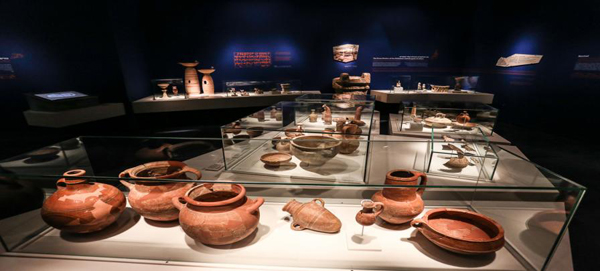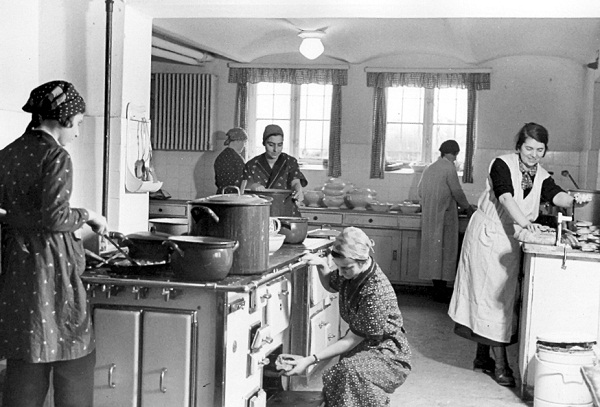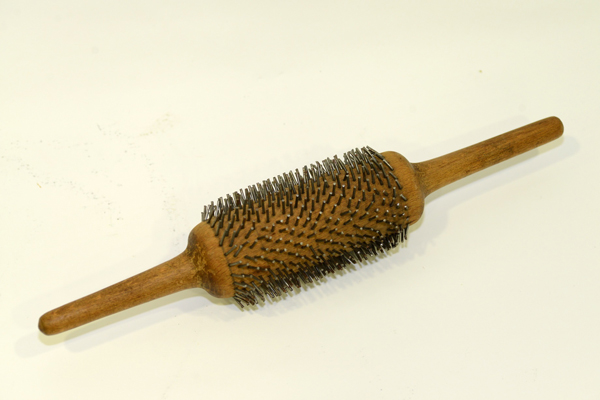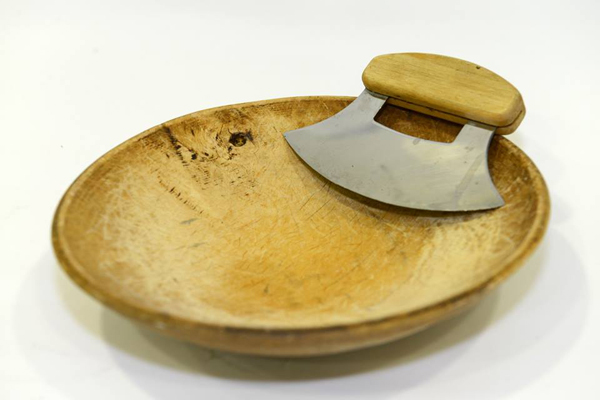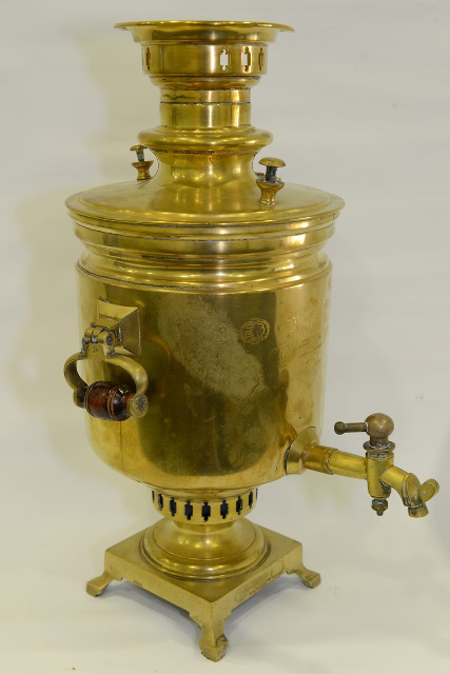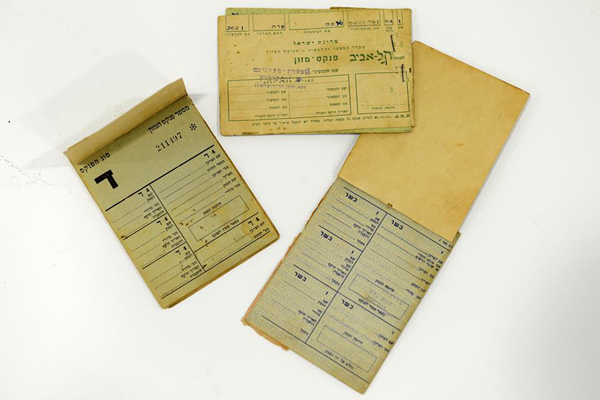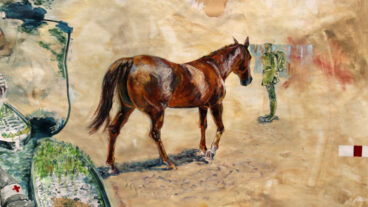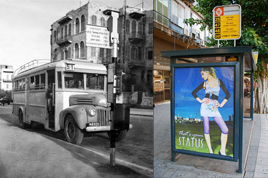Cooking pots and food storage containers are among the most ancient dishes in the history of humankind. There’s much we can learn from ancient pots and pans; by looking at a dish, one can learn about the materials from which it is made, the socioeconomic situation at the time and the aesthetic that influenced its design.
There’s also much to learn from the food residue embedded within. Studies of ancient pottery have revealed fats, oils and waxes released from cooking and absorbed by ceramic, as well as crusts of burnt food preserved inside of vessels.
It may be those crusty insides that prompted our ancestors to institute the tradition of Passover cleaning and koshering. Koshering is the boiling process by which one makes non-kosher vessels and utensils kosher. At Passover, koshering is the process of making year-round vessels and utensils kosher for Passover.
Kitchenware, both ancient and antique, is the subject of an exhibition now on display at the Museum of Philistine Culture in Ashdod. Entitled Pots and Pans – Memories from Grandma’s Kitchen, it is a fond look back at cooking traditions of various Jewish communities.
Curators Yael Wiesel and Sarah Shahak write, “A wide range of culinary styles developed within the Jewish communities of the diaspora, but the dishes and flavors are surprisingly similar. Jewish holidays, Sabbath customs, betrothal and marriage ceremonies, bris and bar mitzvah celebrations, along with grieving customs, all provided an endless source for designing special dishes and creative recipes. Innumerable dishes were born out of the restrictions of kosher cooking”.
For example, this unusual-looking rolling utensil, used in preparing Passover matzah to punch holes in flat unleavened dough.
This wooden bowl from the Ukraine for preparing chopped liver and gefilte fish, tells of a family’s past: In 1920, the father was killed in a pogrom, and mother with her three children fled to Romania, taking the bowl with her. In 1922, they arrived to the United States. The bowl stayed in the family, and today belongs to the daughter who continues to make every Passover traditional Jewish foods for her children and grandchildren.
“The meaning of the cooking utensils exceed their functionality. The touching stories about the dishes, brought by the owners themselves, demonstrate that, in addition to the food, the pot itself embodies a full family and community history. It is not only a means for cooking, but rather a reason for the community and family to come together and bond. The pot sometimes depicts equal distribution, where all diners share their meal from the same pot and sometimes even the same fate”.
Imprisoned in the Warsaw ghetto, young father Ignatz Bleichfeld reshaped a wooden hanger into a spatula to conserve every last drop of porridge needed to feed his son. The utensil came to Israel in 1968 with the family, who keep it as a talisman.
This 19th century brass samovar from Russia belonged to Jenny Guttman, born in 1907, who inherited it from her grandmother. Guttman lived with her husband in Vienna, Austria and worked as a nurse in a hospital. With the outbreak of World War II, she was deported to Auschwitz where she was given the task of assistant to the “Angel of Death”, Dr. Josef Mengele. Guttman survived and before her death, bequeathed the samovar to her family in Ashdod.
In addition to utensils, the exhibition presents food-related ephemera such as these ration booklets. From 1949 to 1959, Israelis lived under an austerity regime, during which rationing and similar measures were enforced. Ration coupons allotted each citizen a given amount of foodstuffs. During Passover, however, the rule of austerity was temporarily dropped and the seder tables were weighted down with traditional meats, fowl, wine and delicacies.
For more images and information about the Pots and Pans exhibition, visit the Museum of Phiiistine Culture’s website and Facebook page.
Photos by Haim Yafim Barbalat, Igal Slavin, courtesy of the Museum of Philistine Culture.




